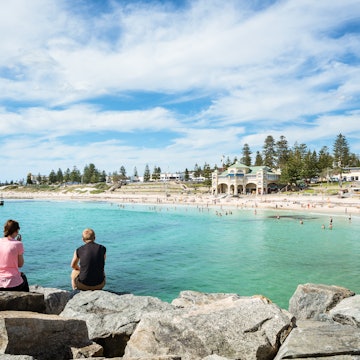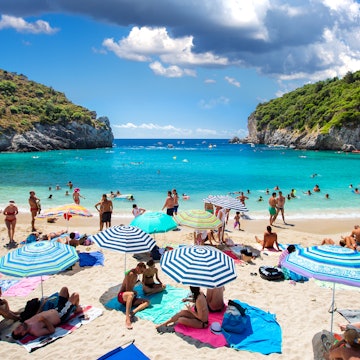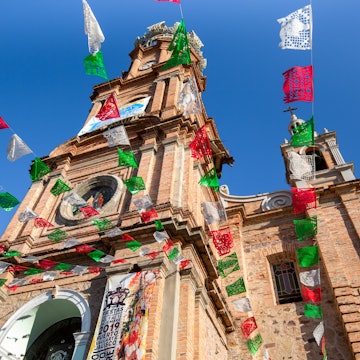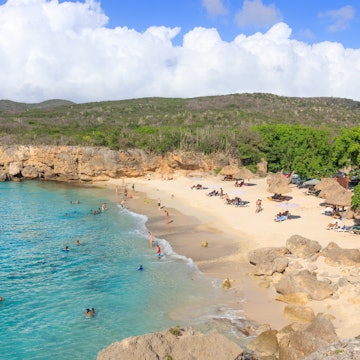

The Nakasendo Trail, or “Road through the central mountains,” has been an important traverse for centuries © Nagano Tourism
Connecting the hubs of Tokyo and Kyoto in Japan’s Edo Period, the Nakasendo Trail, or “Road through the central mountains,” played an important role for people traveling to and from the capital during this period.
In modern times, the Nakasendo has become a way for locals and international visitors alike to transport themselves to the Edo Period, enjoying a combination of the trail’s rewarding hikes ranging from less strenuous walks to more challenging terrain, interspersed with charming post towns preserved to this day. The trail is an excellent way to experience the unique history and culture of the region.
A portion of the Nakasendo particularly suitable for outdoor activities is found in Central Japan’s Gifu and Nagano prefectures. Two of the most well-known and beautifully preserved post towns can be found here.
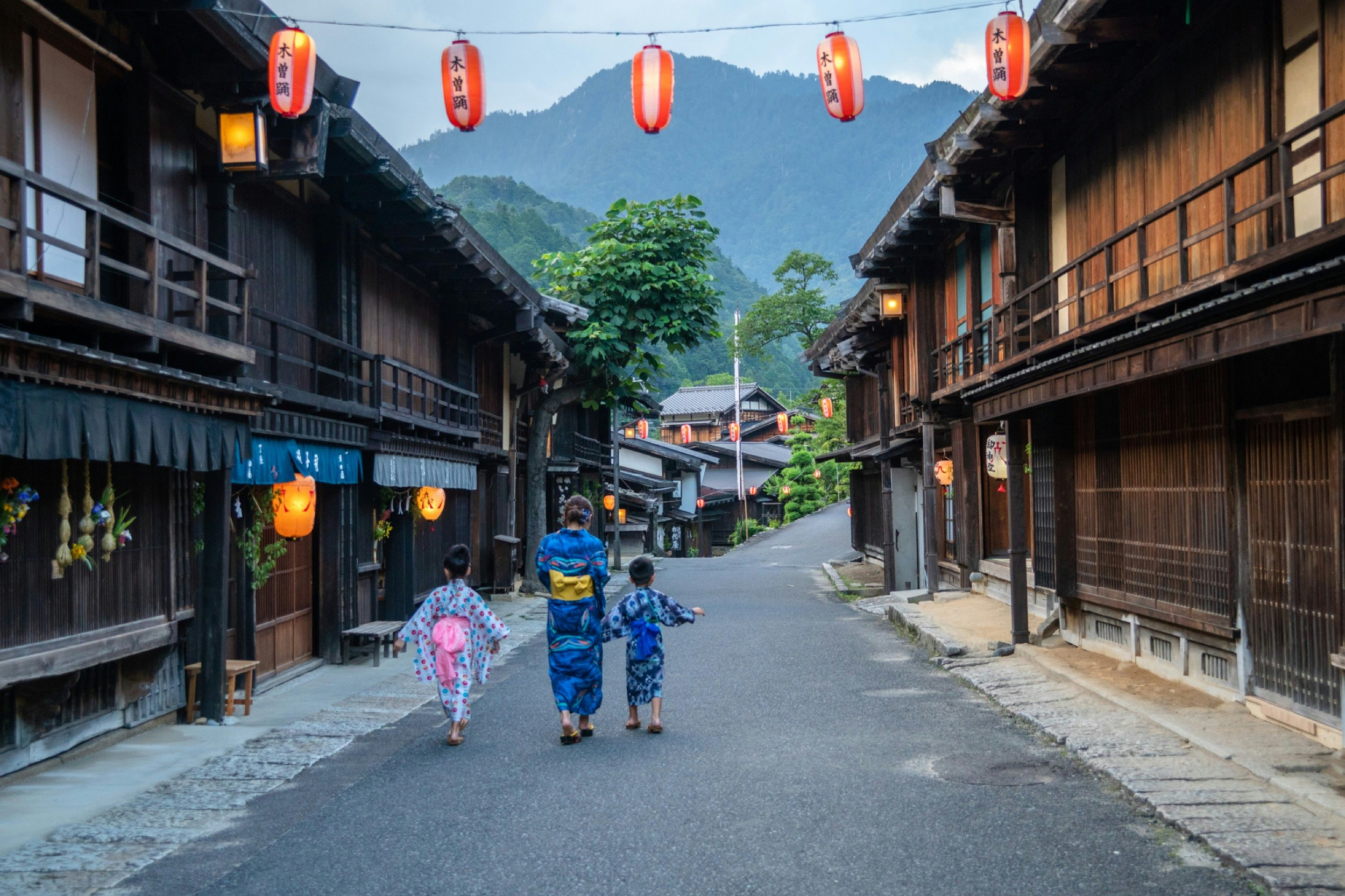
Tsumago, in Nagano Prefecture, was the first town to be a designated Important Preservation District of Traditional Buildings, ensuring the preservation of the area’s buildings and businesses. Visiting Tsumago, you won’t find cars on the main path through the town and will notice an absence of some more modern sights such as telephone wires. Rather than erecting new structures, the locals revitalize and maintain the historic buildings of the town.
In nearby Gifu Prefecture you will come upon Magome, a post town with a unique history of its own. The town went from prosperity to poverty, and back to prosperity again due to revitalization efforts undertaken to restore the post town to its Edo Period glory. Today you can find an array of traditional shops, the iconic stone path leading you though the town and incredible views of Mount Ena.
Prioritizing responsible travel
Understanding the importance of the Nakasendo region and its history and culture, the prefectural governments of Nagano and Gifu have made it part of their mission to work with local communities and use their resources to support efforts to maintain, restore, and promote both the Nakasendo Trail and the many post towns dotted along it. Their endeavors cover a range of efforts, such as Nagano providing knowledgeable guides to travelers and Gifu working with local craftsmen and directly sharing their work with wider audiences to bring more awareness to the people who keep the region’s culture and history alive.

In addition to the prefectural governments, tour operators are also putting their hat into the ring. Oku Japan is the only tour operator with a branch on the Nakasendo Trail, operating out of a traditional kominka home with more than 100 years of history. After building a close relationship with the community of Tsumago over the course of more than a decade, Oku Japan works intimately the town’s residents, serving as a bridge for international guests visiting the area. Feel free to drop by for a cup of tea when you pass through!
What is the best way to enjoy the Nakasendo?
To experience the Nakasendo Trail as people did during the Edo Period, walking is the way to go. This is how travelers in Japan’s Edo Period made their way along the trail, making this the perfect means to transport you back in time. As you hike the country trails and quiet rural roads, you’ll be greeted with the most well-preserved post towns, affording you the incredible highlights of the Nakasendo.
For something new and refreshing, cycling the Nakasendo Trail allows you to visit more remote and rural areas – a fantastic option for travelers looking to delve deep off the beaten path. As you cycle from post town to post town, there will be ample opportunities to enjoy unique scenery and some of the most peaceful and authentic towns on the trail.

Highlights not to miss
Situated in Nagano and near the Nakasendo Trail, Mount Ontake is an incredible sight to behold. The mountain is also an active volcano, and Japan’s second highest at that. Mount Ontake is known most for its deep culture of mountain worship. Yamabushi ascetic monks can be found making their pilgrimage here, making it a central point of worship as they engage in practices such as fasting and takigyo, or meditation under waterfalls.
Nestled in nearby Gifu Prefecture’s Sekigahara, you will find the Gifu Sekigahara Battlefield Memorial Museum. Fans of history may already be familiar with Sekigahara, as it was the site of the historic Battle of Sekigahara in the Warring States Period. The result of this battle instated the Tokugawa shogunate that went on to lead a peaceful Japan for more than 200 years.

Are you ready to head out to the Nakasendo Trail? Whether it is by foot or on bike, spending time in this region is incredibly enriching, providing you with ample opportunities to enjoy a variety of highlights of Nagano and Gifu, ranging from breathtaking nature and rewarding trails, to local delicacies and hundreds of years’ worth of fascinating history.
Reaching the Nakasendo Trail
Before coming to Japan, Tokaido Sanyo Shinkansen’s online reservation service makes it easy for you to reserve bullet train tickets, ensuring that you can focus more on spending your time on the trail and excited for your next destination, and less time calculating how to reach it.
Enjoy a stress-free hiking or cycling trip on the Nakasendo Trail with Oku Japan, and learn more about Gifu and Nagano Prefectures.









